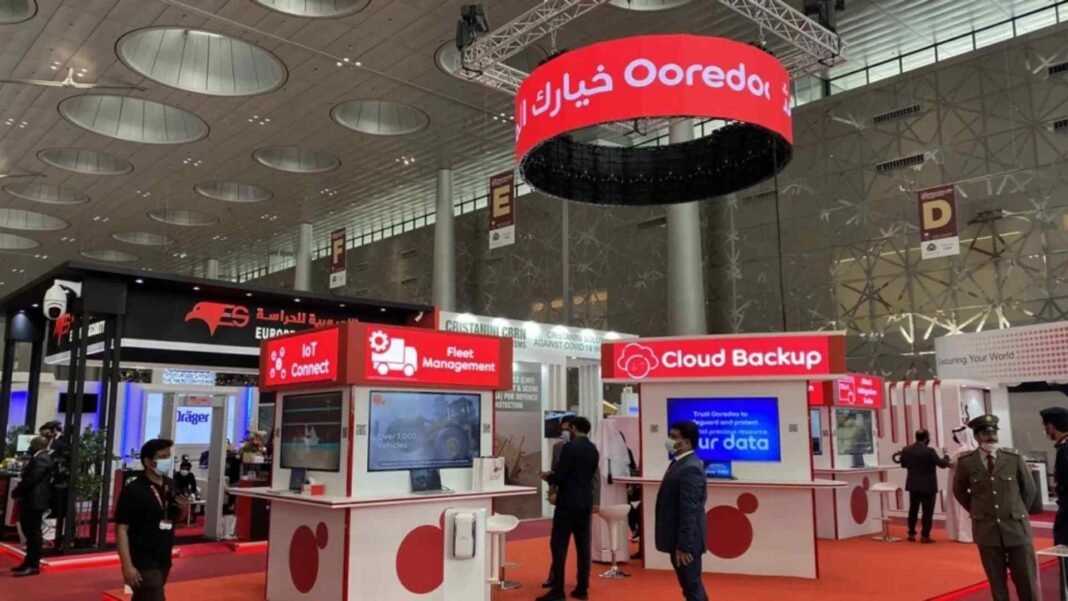Kuwait KPC $4.9bn loan deal has become one of the most talked-about developments in Kuwait’s financial and energy sector. It is now recognised as the biggest syndicated loan ever arranged in Kuwaiti dinars. Kuwait Petroleum Corporation (KPC) secured the funding with the support of a group of local banks, led by the National Bank of Kuwait (NBK) and Kuwait Finance House (KFH). For Kuwait, the deal is more than a financial achievement, it is a strong sign of trust in the country’s long-term oil strategy.
A Historic Financing Agreement
KPC signed the KD1.5 billion agreement on 18 November 2025, setting a new record in Kuwait’s banking market. The financing was structured in two parts: a conventional loan and an Islamic, Sharia-compliant loan. This mix shows how KPC is balancing traditional banking with modern financial needs. It also opens the door to a wider group of investors, making the deal more flexible and more inclusive than past arrangements.
Broad Support from Local Banks
The loan brought together some of the biggest names in Kuwait’s banking sector. NBK and KFH took the lead roles, while several other banks joined the agreement to help complete the large funding package. Their involvement reflects strong confidence in KPC’s direction and highlights how important the oil industry remains for the country’s economy. The partnership also shows that Kuwait’s financial institutions are ready to support major national projects that require long-term investment.
Driving Kuwait’s Oil Production Ambitions
KPC’s CEO, Nawaf Saud Al Sabah, explained that the loan is a key part of the company’s plan to increase Kuwait’s oil production capacity to four million barrels per day by 2035. Currently, Kuwait produces around 2.55 million barrels per day, based on OPEC data from October 2025. The new funds will be used to develop oil fields, upgrade infrastructure, and improve operations both upstream and downstream in the energy market. This financing will help KPC move steadily toward its ambitious production goals.
Moving Toward More Flexible Funding Methods
The loan also reflects KPC’s broader shift toward diversifying its sources of finance. Instead of relying mainly on government support, the company is exploring new methods to raise funds more efficiently. One of these approaches is the asset-light model, where KPC leases out some of its assets, such as crude oil pipelines, and then leases them back. This strategy helps attract private capital and increases financial flexibility, a trend that other Gulf energy companies have also started to follow.
A Strong Outlook for Kuwait’s Energy Future
The Kuwait KPC $4.9bn loan deal sends a clear message about the strength of Kuwait’s banking sector and the country’s commitment to growing its role in the global energy market. By combining both conventional and Islamic financing, KPC has created a model that appeals to different investor groups while supporting the country’s long-term development plans. As Kuwait continues to seek new funding options and expand its oil capacity, this historic deal stands out as an important step forward.






